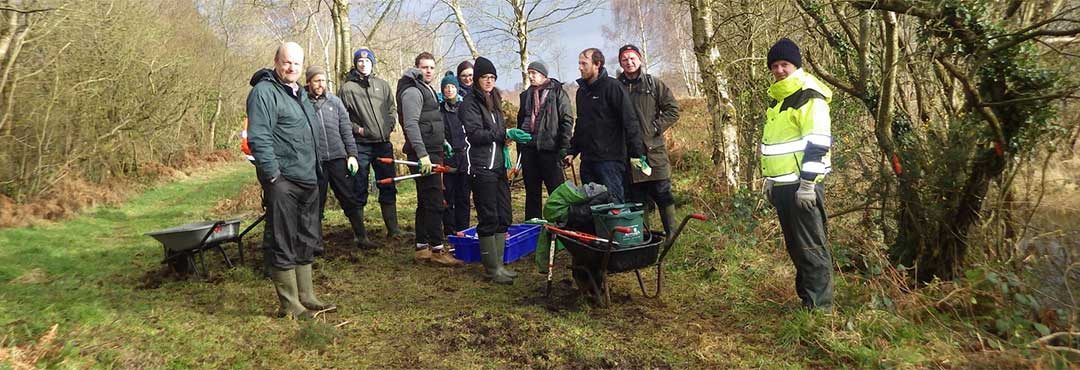Latin name: Alauda arvensis
Family: Alaudidae
Description of the Skylark
The skylark is a small brown bird (paler on the underside) with darker streaks, larger than a sparrow but smaller than a starling. It has a small crest which it raises when excited or alarmed. It has a white-sided, small tail and the wings have a white rear edge which is visible in flight. The wings of a male are broader than the female’s.
The skylark is best known for its flight. The male raises almost vertically to 100m using rapid wing-beats, and hovers for several minutes before parachuting downwards. It sings continuously during this flight. Its song is very distinctive – a melodic whistling with rapidly ascending and descending chirrups, loudly and continuously.
The skylark is inconspicuous on the ground, but easy to see in flight. It lives in Northern Ireland the whole year around.
Size
It is 16-18cm long with a wingspan of 30cm.
Historical Info
The UK population of skylarks on lowland farmland declined between 1970 and 1991 by 54%. The Northern Ireland population has declined since 1994 by 7%.
The skylark is widespread in Europe; the population is estimated between 79 million and 160 million. The number of skylarks in the UK is 1.7 million and in Northern Ireland 85 000.
The Skylark’s Habitat
Skylark live on a wide variety of habitats from waste ground in city centres to remote off-shore islands, including farmland, moors, salt-marsh, heaths and upland pasture. They like open countryside – anything from lowland to upland moorland. They search for food in short vegetation, particularly in winter stubble.
Diet
The skylark eats insects, worms, seeds and parts of plants. In spring the diet is made up mostly of worms and spiders, seeds in autumn and parts of green plants in winter.
Threats to the Skylark
Its decline has only recently been highlighted. Surveys are now being carried out to understand the causes of the dramatic decline. The main threats appear to be the more intensive farming methods which leads to a habitat change and loss. Also:
- Increased trend towards autumn-sown cereals, which reduces the number of essential winter stubble fields and provides unsuitable habitats, compared to the spring-sown cereals. The autumn-sown fields are much too dense in summer for walking and searching for food between the wheat.
- Loss of mixed farming
- Early silage cutting, which destroys nests and exposes skylarks to predators
- Use of agrichemicals which leads to reduction of weeds and insects
- Conversion of lowland to arable
- Intensive management of grassland – Dense, tall fertilised grass is difficult to walk and forage through, and uniform/quickly growing swards are unsuitable for nesting.
- Inappropriate management of upland areas

